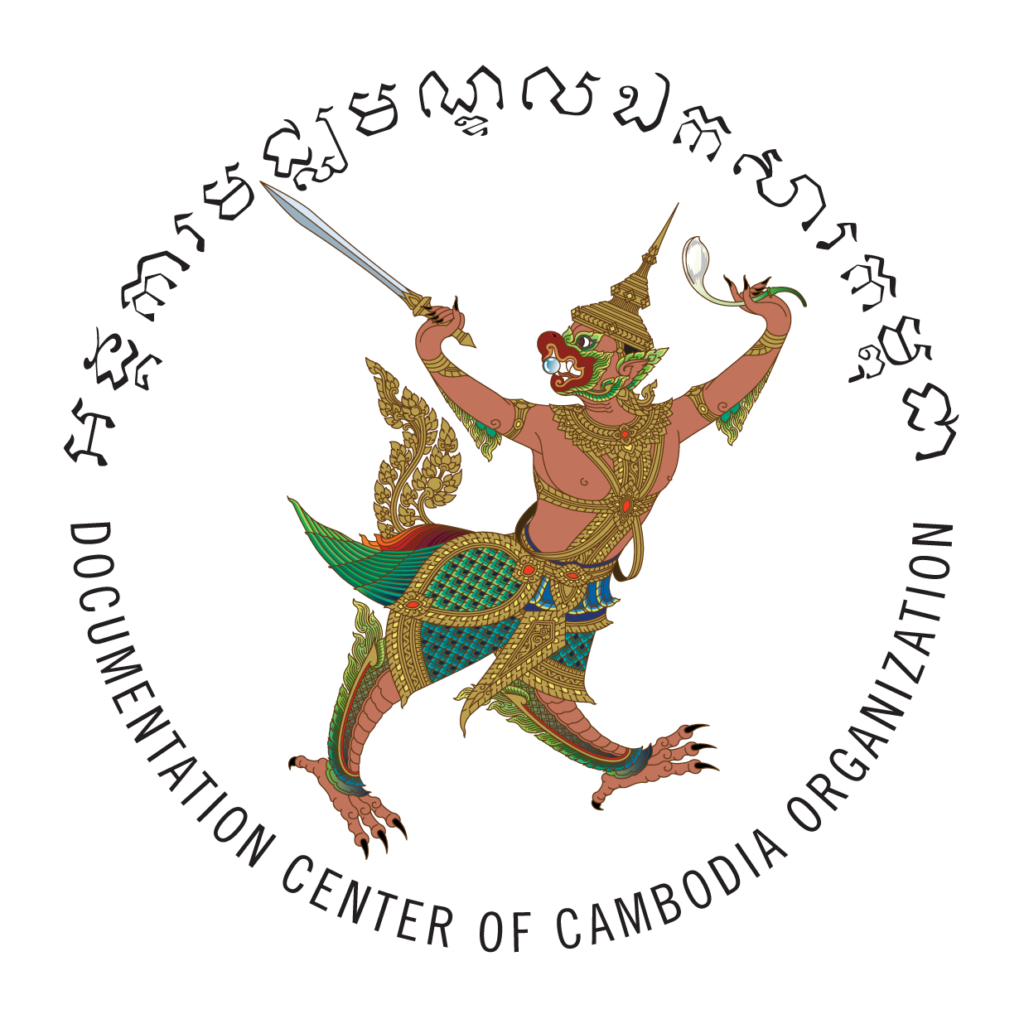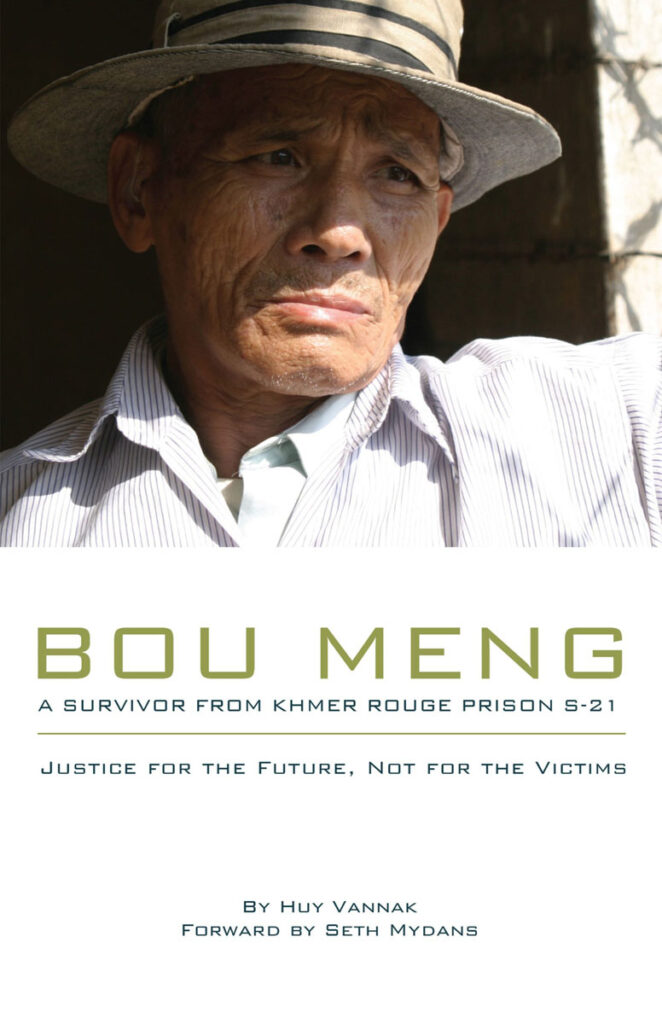Nearly 30 years after the fall of the brutal Khmer Rouge regime, a survivor of its ruthless torture machine emerges from history to announce: “I am still alive.” The Khmer Rouge imprisoned and tortured 14,000 Cambodians at its notorious Toul Sleng Prison, also known as “S-21.” Imprisonment at S-21 was a certain death sentence–only a handful of men walked out alive. Among them was Bou Meng, an artist. Years after the collapse of the Khmer Rouge regime, one of the most horrific in history (1975-1979), and three decades after S-21 was closed, Bou Meng was believed dead. In January 2002, an English local newspaper in Phnom Penh reported that he had died in 1997 or 1998, and in October 2002, a Cambodian magazine called Searching for the Truth ran a photo of S-21 survivors gathered at the former prison site, reporting that Bou Meng had “disappeared.”
But Bou Meng actually survived, an astonishing escape from execution made possible only because of his skill as a portrait artist. During his imprisonment at S-21, Bou Meng was forced to paint propaganda portraits of Pol Pot and other Communist leaders. Only because of his unique talent did the murderous leaders of S-21 keep him alive. But it could not save Bou Meng’s wife, Ma Yoeun, or his two children. Ma Yoeun was tortured and died at the killing site, Choeung Ek. Bou Meng’s children starved to death at a Khmer Rouge child center.
Bou Meng’s story is the story of millions of Cambodians who endured relentless suffering, torture and imprisonment during a vicious and murderous regime. Today, Bou Meng’s story has also become the particular story of one man’s quest to use his memory as a tool in the search of truth and justice.
Funding for this project was generously provided by the U.S. Agency for International Development (USAID) and Swedish International Development Agency (Sida).

